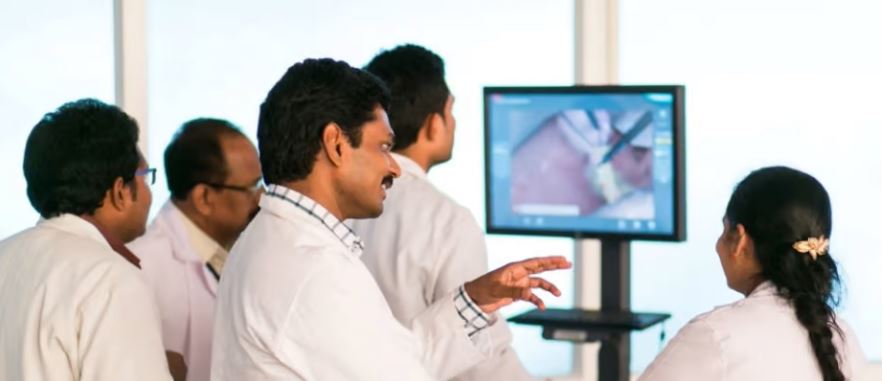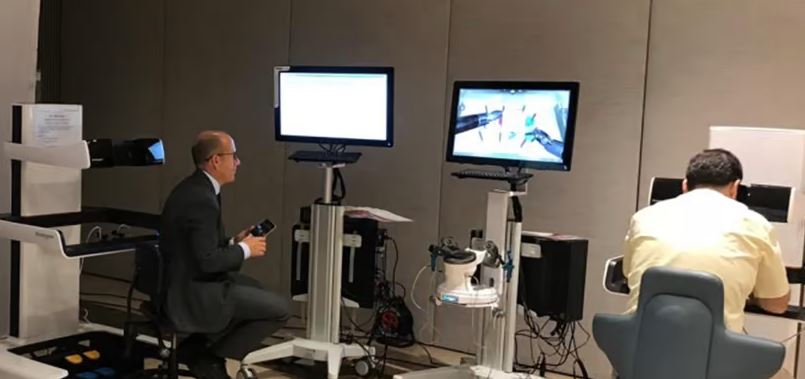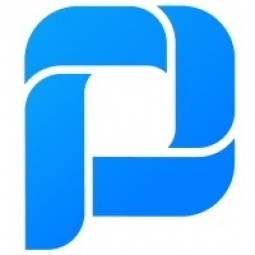公司规模
Large Corporate
地区
- America
国家
- United States
产品
- ProcessMaker
技术栈
- Low-code BPM
- Workflow Software
实施规模
- Enterprise-wide Deployment
影响指标
- Productivity Improvements
- Cost Savings
- Digital Expertise
技术
- 平台即服务 (PaaS) - 应用开发平台
- 应用基础设施与中间件 - 数据交换与集成
适用行业
- 教育
适用功能
- 人力资源
- 商业运营
用例
- 过程控制与优化
- 质量预测分析
服务
- 系统集成
- 软件设计与工程服务
关于客户
纽约市立大学法学院是纽约市立大学 (CUNY) 系统的一部分,也是全美排名第一的公益法学院。该校的双重使命是服务于人类需求的法律实践,以及变革法律的教学、学习和实践,以涵盖那些被排斥、边缘化和压迫的人,这使它成为一个独特的机构。作为纽约市唯一一所公立法学院,纽约市立大学法学院通过这一使命增加了获得优质法律培训的机会。纽约市立大学是纽约市的公立大学系统。它是美国最大的城市大学系统。纽约市立大学成立于 1961 年,由 26 个校区组成:11 所高级学院、7 所社区学院、1 所本科荣誉学院和 7 所研究生院。该大学招收了超过 275,000 名学生,其校友中有 13 位诺贝尔奖获得者和 24 位麦克阿瑟奖获得者。
挑战
纽约市立大学法学院需要消除导致重要决策工作流程出现瓶颈和冗余的手动和纸质密集型任务。该学院处理多个办公室的行政请求,这些请求因手动步骤而变得缓慢 — 尤其是在招生、经济援助和人力资源部门。教职员工和学生依靠人工输入信息、手动文书工作、电子邮件跟进以及在办公室之间走动来通知流程利益相关者。如果没有集中、透明的方式来跟踪和分配责任,流程就会密集运行,瓶颈不明显,沟通也重复。最终,容易出错的低效率会浪费时间、金钱和劳动时间 — 这与纽约市立大学法学院以提供卓越学生服务为荣的理念背道而驰。
解决方案
通过使用 ProcessMaker 的工作流解决方案,纽约市立大学法学院数字化并自动化了关键运营工作流,从而实现了更加清晰、敏捷的学生与员工之间以及员工之间的互动——涵盖人力资源、招生办公室和财务援助部门。他们采用了低代码业务流程管理 (BPM) 和工作流软件,这使得即使是非技术型纽约市立大学法学院员工也可以轻松规划并以数字方式简化其现有的手动流程。该校使用 ProcessMaker 创建了一个完全数字化的招生申请,使该流程完全自动化。现在,招生部门可以对学生进行所有后续跟进,以获取更多信息、验证准确性以及任何进一步行动的请求,而这些都可以在极少甚至没有人工干预的情况下完成。该校目前正在与 ProcessMaker 合作,以与 PayPal 集成,并为学生提供一种简化的课程座位预订存款方式。
运营影响
数量效益

Case Study missing?
Start adding your own!
Register with your work email and create a new case study profile for your business.
相关案例.

Case Study
Revolutionizing Medical Training in India: GSL Smart Lab and the LAP Mentor
The GSL SMART Lab, a collective effort of the GSL College of Medicine and the GSL College of Nursing and Health Science, was facing a challenge in providing superior training to healthcare professionals. As clinical medicine was becoming more focused on patient safety and quality of care, the need for medical simulation to bridge the educational gap between the classroom and the clinical environment was becoming increasingly apparent. Dr. Sandeep Ganni, the director of the GSL SMART Lab, envisioned a world-class surgical and medical training center where physicians and healthcare professionals could learn skills through simulation training. He was looking for different simulators for different specialties to provide both basic and advanced simulation training. For laparoscopic surgery, he was interested in a high fidelity simulator that could provide basic surgical and suturing skills training for international accreditation as well as specific hands-on training in complex laparoscopic procedures for practicing physicians in India.

Case Study
IoT platform Enables Safety Solutions for U.S. School Districts
Designed to alert drivers when schoolchildren are present, especially in low-visibility conditions, school-zone flasher signals are typically updated manually at each school. The switching is based on the school calendar and manually changed when an unexpected early dismissal occurs, as in the case of a weather-event altering the normal schedule. The process to reprogram the flashers requires a significant effort by school district personnel to implement due to the large number of warning flashers installed across an entire school district.

Case Study
Implementing Robotic Surgery Training Simulator for Enhanced Surgical Proficiency
Fundacio Puigvert, a leading European medical center specializing in Urology, Nephrology, and Andrology, faced a significant challenge in training its surgical residents. The institution recognized the need for a more standardized and comprehensive training curriculum, particularly in the area of robotic surgery. The challenge was underscored by two independent studies showing that less than 5% of residents in Italian and German residency programs could perform major or complex procedures by the end of their residency. The institution sought to establish a virtual reality simulation lab that would include endourological, laparoscopic, and robotic platforms. However, they needed a simulator that could replicate both the hardware and software of the robotic Da Vinci console used in the operating room, without being connected to the actual physical console. They also required a system that could provide both basic and advanced simulation training, and a metrics system to assess the proficiency of the trainees before they performed surgical procedures in the operating theater.

Case Study
Edinburgh Napier University streamlines long-distance learning with Cisco WebEX
• Geographically dispersed campus made in-person meetings costly and inconvenient.• Distance-learning programs in Malaysia, India, and China required dependable, user-friendly online tools to maximize interaction in collaborative workspaces.• Virtual learning environment required a separate sign-in process, resulting in a significant administrative burden for IT staff and limited adoption of collaboration technology.

Case Study
8x increased productivity with VKS
Before VKS, a teacher would spend a lot of time showing a group of 22 students how to build a set of stairs within a semester of 120 hours. Along with not leaving the teacher much time to provide one-on-one support for each student to properly learn carpentry, it also left a considerable amount of room for error. Key information would be misinterpreted or lost as the class was taught in the typical show-and-tell way.

Case Study
Scalable IoT Empowering GreenFlex's Sustainable Growth
GreenFlex, a company that supports sustainable development, decarbonization, and energy efficiency, faced several challenges in its quest to expand its business. The company needed to deploy a robust and sustainable IoT technology to support its growth. It was crucial for them to monitor and control devices at customer sites in a safe and reliable manner. They also needed to integrate devices across a range of communication protocols and gather and act on data to meet efficiency targets. GreenFlex had previously built IoT capabilities into its digital platform, GreenFlexIQ, to monitor and manage customer sites remotely. However, they soon realized that they needed a new platform to support their ambitions. They needed a platform that could scale to connect more devices for production management and make it easier for the operations team to manage devices in the field.







